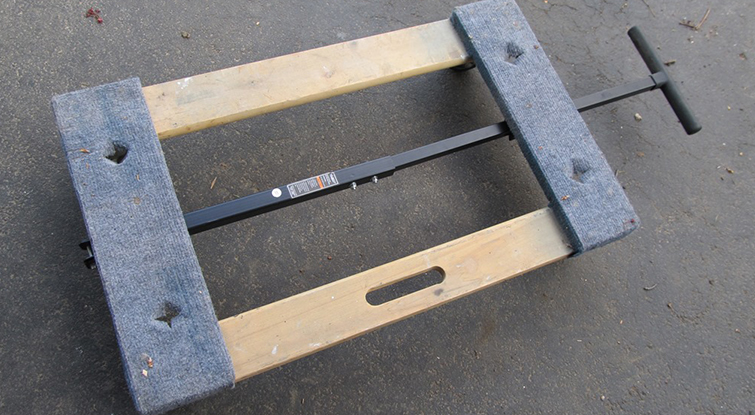BUDGET PLAN TY 04
TY 04 <<烏蠅>>
LOCATION:灣仔平CAN廚房,伯大尼惠康劇場
SHOOTING TIME : 27-28/3/2016
LIGHTING : DAYLight (indoor/ mix)
Camera:
$ 2500 CANON C500 Camera Set ,24-70, 16-35, 70-200, 85 Lens
$ 500 Tall Tripod + Short Tripod+ Hi-Hat
$ 500 Track Straight X4 ,Track Curve X3 , Platform Dolly X1
$ 3000 Steadicam
$ 500 17" HD LCD MONITOR $1000 wireless link
LOCATION:灣仔平CAN廚房,伯大尼惠康劇場
SHOOTING TIME : 27-28/3/2016
LIGHTING : DAYLight (indoor/ mix)
Camera:
$ 2500 CANON C500 Camera Set ,24-70, 16-35, 70-200, 85 Lens
$ 500 Tall Tripod + Short Tripod+ Hi-Hat
$ 500 Track Straight X4 ,Track Curve X3 , Platform Dolly X1
$ 3000 Steadicam
$ 500 17" HD LCD MONITOR $1000 wireless link
$1000 wireless SDI video link
=$9000
Lighting:
$600 LED Panel X 3
$ 130 650w x 2
$ 200 48” SINGLE BANK KINO FLO
$ 600 JEM BALL 22” 1K x 2
$ 60 004 X6
$ 270 C-Stand Set X9
$ 80 Sandbag X8
$300 32A cable x6
$40 32Ycord+16Ycord
$60 16A to 13A adapters x 6
$60 4-way extension x 6
$720 12 x12 butterfly set with frame
$550 ARRI 575
$700 M 18
$1000 800 joker
Lighting:
$600 LED Panel X 3
$ 130 650w x 2
$ 200 48” SINGLE BANK KINO FLO
$ 600 JEM BALL 22” 1K x 2
$ 60 004 X6
$ 270 C-Stand Set X9
$ 80 Sandbag X8
$300 32A cable x6
$40 32Ycord+16Ycord
$60 16A to 13A adapters x 6
$60 4-way extension x 6
$720 12 x12 butterfly set with frame
$550 ARRI 575
$700 M 18
$1000 800 joker
$ 30 手夾X 3
$45 24”X36” Flag X3
$100 48“X48“ Flag X4
$25 24“ x 36” Silk
$ 60 Apple box set x 2
Crew:
$3600 camera assistants x 2
$3300 Gaffer
$3000 Best boy x 2
$2000 Grip x 2
=$ 23800
以上報價以SALON FILMS 作參考。



